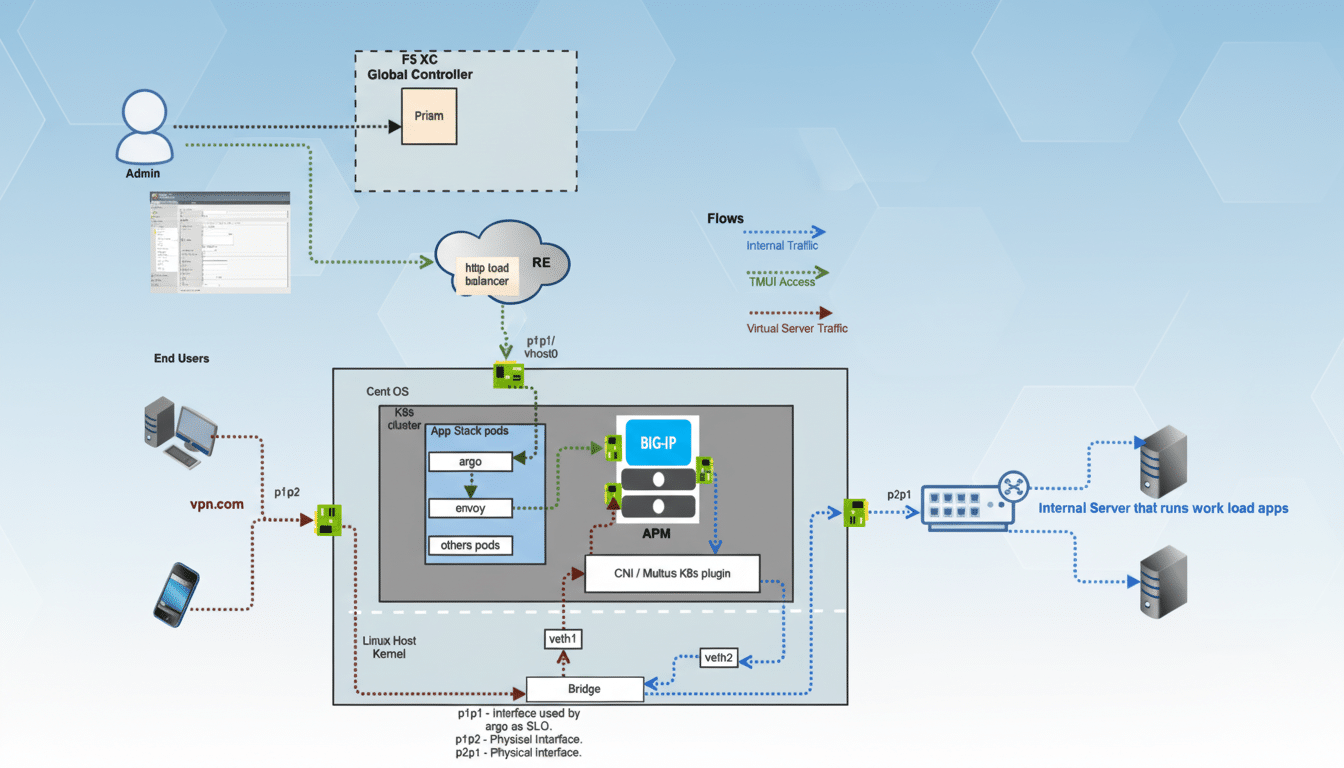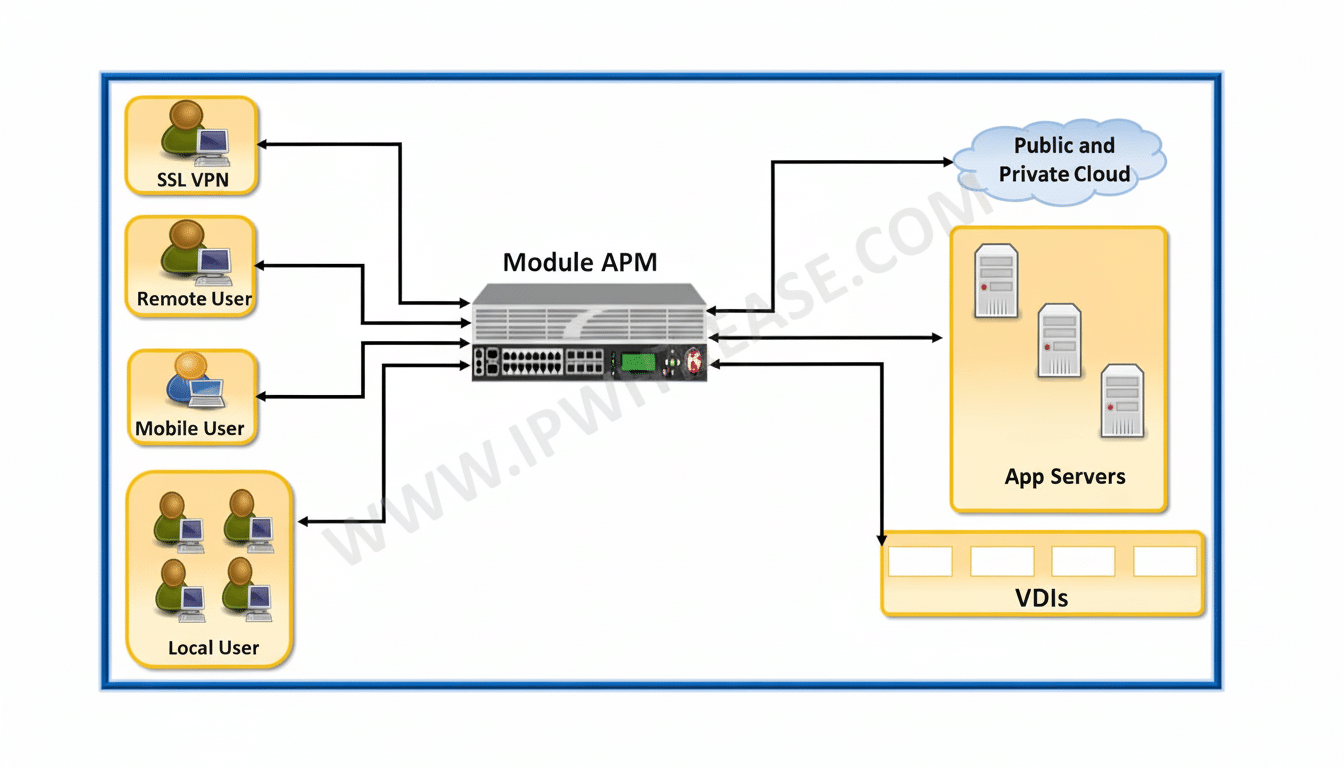Cybersecurity provider F5 revealed this week that a sophisticated nation-state actor compromised its environment, which allowed the attacker to maintain access and exfiltrate sensitive data (including some of the BIG-IP source code and details about undisclosed vulnerabilities).
The warning set off an emergency directive from U.S. cyber authorities warning of an “imminent threat” to networks running F5 gear. F5 claims it counts over 23,000 enterprise customers around the world—spanning banks, telecommunications companies, and critical infrastructure—technology is affected. IT specialists: jobs are abundant.

What F5 says the hackers stole, including code and data
The attackers infiltrated some of F5’s systems related to product development and made off with files containing some parts of BIG-IP source code as well as information about vulnerabilities still in the process of being patched.
The firm added that a limited amount of customer data, including details on configuration or implementation, was also exposed and affected clients are being contacted. F5 noted it has not uncovered any indication of source code modification or that its build and release pipelines have been compromised, a finding the company said was validated by independent security assessments.
F5 mitigated the intrusion and hastened a series of patches across its portfolio, including BIG-IP, F5OS, BIG-IP Next for Kubernetes, BIG-IQ, and Access Policy Manager (APM) clients. The company said it waited to make this news public to give it time to ship fixes, and is strongly recommending that customers install the updates.
Why This F5 Breach Matters for Enterprise Network Security
BIG-IP, along with F5’s other platforms, dwell at the edge of enterprise networks, serving up applications and providing identity and traffic management services. That puts them in a unique position to be an attractive target: By compromising secrets, attackers may be able to discover embedded credentials and API keys, gain administrative privileges across internal systems, and facilitate stealthy lateral movement. The Cybersecurity and Infrastructure Security Agency cautioned that exploitation could create long-term persistence and complete environment compromise for organizations that are unprotected.

The loss of information about unpatched vulnerabilities is particularly serious. Once adversaries have insight into pre-patch flaws, they can rush to weaponize them before defenders can implement updates. Mandiant recorded a record 97 zero-day exploits seen in the wild in 2023, with state-sponsored actors pushing much of the activity. F5 equipment has an unfortunate history of being very rapidly targeted following disclosure; CVE-2020-5902 (CVSS 10) and the 2023 AUTH bypass in BIG-IP were both exploited extremely quickly by several parties, making clear the short time frame that defenders have.
How Agencies And The Industry Are Responding
CISA’s emergency directive calls for immediate inventory of F5 assets, patching as soon as possible, and for organizations to ensure they have strict network segmentation in place separating the management interfaces from other parts of the infrastructure. Organizations should also rotate any credentials or tokens that resided on or were accessible by F5 platforms. The tone reflects reactions to prior edge-device campaigns targeting the likes of Ivanti and Fortinet, in which attackers employed web shells and living-off-the-land tactics to remain undetected for extended time periods.
There is no attribution yet, but the hacking techniques—long-term persistence on network appliances and exploitation of identity and API pathways—mirror the tactics outlined by MITRE ATT&CK for state-aligned groups. New coverage of campaigns like Volt Typhoon and other sophisticated operators is indicative of a trend toward stealthy access via appliances that previously had no real endpoint-style telemetry. As a result, comprehensive logging and out-of-band monitoring of F5s have never been more critical.
What F5 Customers Should Do to Mitigate the Breach
- Implement all applicable F5 updates immediately, with internet-accessible BIG-IP, F5OS, BIG-IP Next for Kubernetes, BIG-IQ, and APM clients prioritized.
- Reset and rotate embedded credentials, service accounts, and API keys that are on or pass through F5 systems.
- Limit management access to known administrative networks or a hardened VPN.
- Require MFA everywhere practical and disable legacy protocols whenever possible.
- Perform focused threat hunting for suspicious authentication events.
- Look for new or modified iRules and virtual server objects.
- Check for unexpected modifications to data groups or certificates.
- Monitor unusual outbound connections from F5 devices.
- Verify backups for any unauthorized changes to configuration.
- Enable enhanced telemetry and send logs to a central SIEM for correlation with identity providers and EDR alerts.
- Align actions with NIST SP 800-53 and CIS Controls related to vulnerability management, configuration hardening, and incident response for regulated industries.
A Higher-Level View of Vendor Risk and Third-Party Exposure
This incident illustrates an ongoing trend: breaching a security vendor provides outsized rewards for sophisticated adversaries. It can also, even without malicious tampering in a supply chain, reduce the exploit development cycle for attackers who have intelligence of a vendor’s unreleased fixes and stretch out the time that discovery and remediation are separated. And, as organizations re-evaluate third-party risk, you can count on renewed focus on compensating controls at the network edge—least privilege for administrative interfaces; solid secrets hygiene; faster patch pipelines supported by emergency maintenance windows.
F5 says there is no proof of supply chain manipulation or exploitation of zero-day bugs. That’s reassuring, but the math doesn’t change: defenders have to assume that motivated actors will try to weaponize any leaked vulnerability intelligence into exploits on the real-world Internet. Fast patching, tight credential management, and constant monitoring remain the only winning plays.

